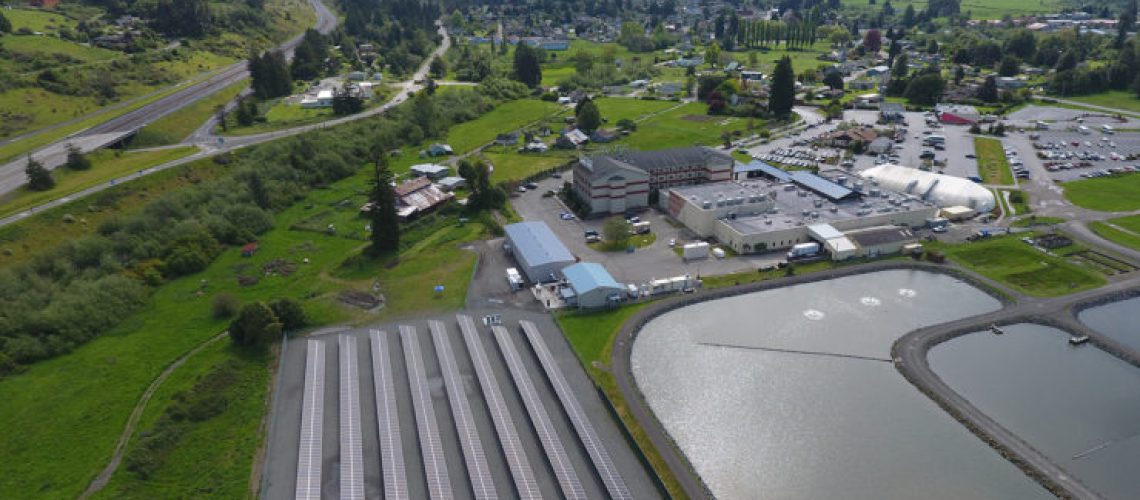PG&E will award up to $43 million through the Microgrid Incentive Program to develop clean energy projects in northern and central California.
Pacific Gas and Electric Company (PG&E) intends to award up to $43 million in Microgrid Incentive Program (MIP) grant funding for the development of nine new community-driven microgrids throughout its Northern and Central California service area.
Microgrids are groups of distributed energy resources, such as solar, connected to a battery energy storage system, which can disconnect from the grid and operate independently during a power outage.
The Microgrid Incentive Program (MIP) was authorized in 2021 by the California Public Utilities Commission (CPUC). With a $200 million budget, the program funds clean energy microgrids with the intention of supporting the critical needs of communities most vulnerable to grid outages. The program also serves as a testbed for new technologies and regulatory approaches to inform future action.
Since launching the program in 2023, PG&E reported that it received approximately 50 inquiries from tribal governments, local governments and community-based organizations. Nearly two dozen of these received an application development grant of $25,000 to offset community investments in developing successful project applications.
PG&E subsequently selected nine projects following what it called a “rigorous evaluation and scoring process.” The scoring framework evaluated customer and community attributes, resilience benefits, and environmental benefits and analyzed the projects’ benefit-to-cost ratios.
“The North Coast is home to several ground-breaking microgrids that benefit customers in the region, including the Redwood Coast Airport and Blue Lake Rancheria microgrids in Humboldt County,” said Dave Canny, vice president for PG&E’s North Coast Region. “These microgrids have now been active for several years providing resilience and low-carbon energy to some of our most vulnerable communities.”
The Blue Lake Rancheria microgrid, developed by the Schatz Energy Research Center at Cal Poly Humboldt, is an example of the kind of resilience that this technology can bring to a community. Located on tribal land, the Schatz Center reported that the microgrid includes a 420 kW solar array, a 1150 kW, 950 kWh battery energy storage system, a microgrid management system and a backup diesel generator. The microgrid provides electricity to tribal government offices, electric vehicle charging infrastructure, a convenience store and gas station, a hotel and casino. These facilities serve as an American Red Cross emergency evacuation site.
In total the nine microgrids will bring energy resilience to nearly 9,000 customers according to PG&E. Of those, 3,600 have been identified as those with “access and functional needs,” which can include those with disabilities, who may lack transportation, have limited English language skills and more.
Of the nine projects selected, four are in Humboldt County, three are in Lake County, and two are in Marin County. In addition, PG&E reported that four of the nine projects will serve tribal communities.
Generation resource types for selected MIP projects include a variety of clean energy solutions such as solar, battery energy storage, pumped hydroelectric storage, small hydroelectric, and biomass.
Each project may receive as much as $43 million, of which approximately $34 million will be dedicated to pay for front-of-the-meter generating resources such as solar and battery energy storage, engineering and project management costs, and property purchase or lease costs. PG&E reported that each will also received up to $1 million for interconnection costs.
Before receiving funding, the next step for each of the nine projects is to review the terms of their award; reconfirm their project assumptions, including any changes to projected development costs; and reassess risks associated with any other funding sources.
PG&E also announced that applications for the second wave of MIP grant funding can be submitted between April 3 and May 30, 2025. Interested parties must submit MIP project ideas to PG&E by May 30, 2025, by sending an email to communitymicrogrids@pge.com.



